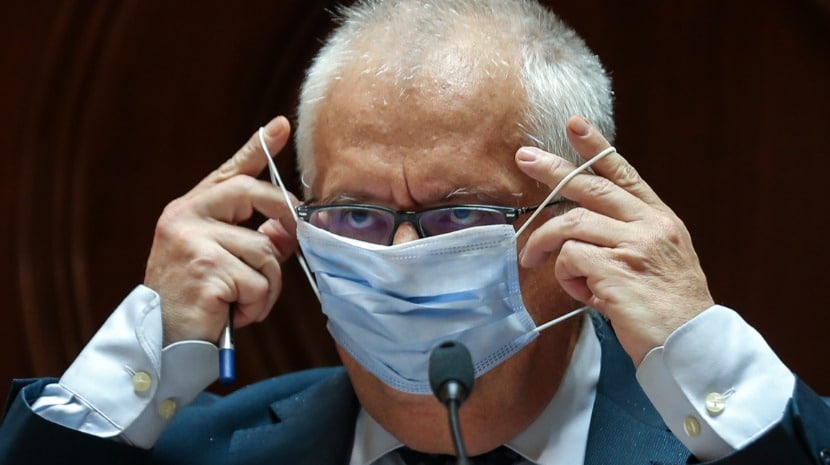The dismal story of how a government car, carrying a minister on official business, mowed down and killed a motorway roadworker simply refuses to go away.
Today, even after former interior minister Eduardo Cabrita announced his resignation (click here), there are new revelations which question his position in the drama.
According to reports, the only reason Mr Cabrita was in no way considered responsible for the car was because a PSP agent charged with his personal security was travelling with him.
As such, Mr Cabrita was not deemed to be ‘the person in charge’.
However today it appears that the PSP agent was actually in a car travelling behind – on the orders of Mr Cabrita.
In other words, technically Mr Cabrita WAS the person in charge of the vehicle, albeit that he was not driving.
This has always been the crux of this story: why the car was travelling at such speed that it could not swerve to avoid road worker Nuno Santos.
As commentators have observed, there was no emergency, no ‘higher public interest’ to justify breaking the speed limit.
For months, the true speed was kept ‘secret’. But the accusation drawn up last Friday has at least been put out in the open: 163 km/h – 40kms/hour over the official maximum limit.
The new issues are ‘who really was in charge of the vehicle – given that Marco Pontes was ‘just the driver’; and why was Mr Cabrita’s security detail ordered to travel in a separate car?
Jornal i has answers to these questions: “If we are to believe the accusation, the car looked more like a bus for transporting large numbers of people. It confirms that there were five people in the car, when in fact there were only four: the driver Marco Pontes, beside him Paulo Machado, the GNR official for the ministry, behind Eduardo Cabrita and one of his assistants David Rodrigues”.
According to what the paper has established from PSP sources, “the fifth witness” referred to in the accusation – Rogério Meleiro, an element of the security detail – was travelling “by decision and order of the minister in a car behind, accompanied by two other colleagues”.
“The same source affirmed that he did not understand this change as, according to the rules, the minister’s personal security must always travel in the car with him ‘because it is he who controls everything that goes on, analyses whatever danger may transpire’. More specifically, ‘he is the only person who has legitimacy to demand going faster, or slower, whether or not emergency lights should be used; whether or not sirens should be sounded, changes in direction – in other words, he is responsible for facing any bullets”.
The «source suggests that putting agent Meleiro in the same car as the minister (as the Public Ministry accusation has) “looks like someone wanted to remove responsibilities (from Mr Cabrita).
“The problem is that you cannot alter his (the minister’s) statement, nor those of the others with whom he was travelling” – meaning all these prove agent Meleiro was travelling in a different car.
And if agent Meleiro was travelling in a different car, “he couldn’t have given any instructions to the driver. He also could not have affirmed that the minister didn’t” (which is what Eduardo Cabrita has said. He told investigators that he “gave no orientation to the driver on this matter”.
Another interesting point established by Jornal i is that “after the date of the accident the Minister for Internal Administration never again dispensed with the presence of an element of his security detail in his (official) vehicle”.
For now, this new twist in the story is simply ‘out there’, like the speed of the BMW series 7 – which itself, bizarrely, used to be the car of a drug-dealer (click here).
The trial of Marco Pontes is still a long way off. His lawyer has intimated that she may well request the opening of what is called ‘the instruction phase’ because of the ‘incongruencies’ in the Public Ministry inquiry, while the lawyer for the family of Nuno Santos has said he too is pondering the same thing, in order to try and get Eduardo Cabrita to “assume criminal responsibility”.


























